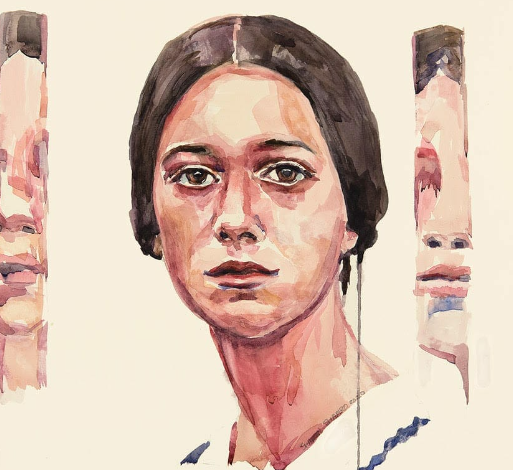The Motif of Vision and Blindness in Jane Eyre
Jane Eyre, a classic novel by Charlotte Brontë, is rich with themes and motifs that resonate with readers even today. One of the most compelling motifs in the story is that of vision and blindness, which reflects the characters’ insights, ignorance, and social critiques. Understanding this motif offers a deeper appreciation of the narrative and its complex characters.
The Duality of Sight and Insight
In “Jane Eyre,” sight often symbolizes not just physical vision but also personal insight and self-awareness. Characters like Jane and Mr. Rochester navigate their emotional landscapes through moments of clarity and confusion. Jane’s growth from an insecure orphan to a confident woman mirrors her journey toward understanding herself and her desires. Meanwhile, Rochester, who is physically sighted, struggles with emotional blindness, failing to recognize the depth of his feelings for Jane until significant events force him to confront his realities. This duality invites readers to consider how true vision is not merely about what one sees but also about the understanding that comes from within.
Symbolism of Blindness
The motif of blindness runs deeper than just characters’ abilities to see. It symbolizes the failures and limitations of societal norms and personal prejudices. For instance, the character of Bertha Mason embodies this theme as she is literally hidden away in the attic, representing the suppression of women and the darker sides of Victorian society. Rochester’s eventual physical blindness towards the story’s climax serves as a metaphor for his past mistakes and emotional clarity gained through suffering. By confronting his failures, he becomes more attuned to those around him, especially Jane, prompting readers to reflect on how personal struggles can lead to enlightenment.
Vision as Freedom
Ultimately, the motif of vision and blindness in “Jane Eyre” serves as a vehicle for exploring themes of freedom and autonomy. Jane’s initial lack of agency in her life reflects her limited vision—one shaped by societal expectations and personal tragedies. As her relationships evolve, particularly with Rochester, she begins to reclaim her narrative, gaining both emotional and literal clarity. The resolution shows Jane stepping into a new life, embracing her independence and self-worth. The transformation from blindness to vision is not just about physical sight; it represents an awakening to one’s true self and breaking free from societal confines.
In conclusion, the motif of vision and blindness in “Jane Eyre” is essential for understanding character development and thematic depth. It encourages readers to explore how sight extends beyond the physical realm, urging individuals to seek personal insight and accountability. For those intrigued by these themes, delving deeper into Brontë’s world can provide a richer perspective on the struggles and triumphs of its characters. Consider picking up a copy of “Jane Eyre” or exploring analytical essays to uncover more about this timeless work.
